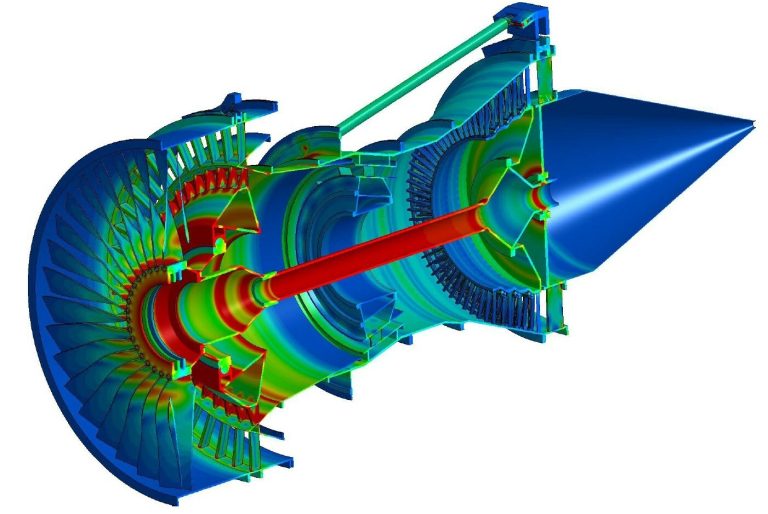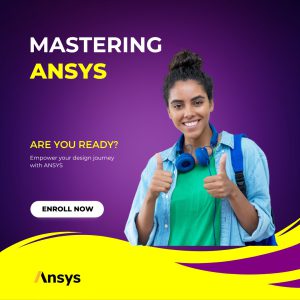
ANSYS Course in Erode is a CAE/ metaphysics engineering simulation software for product design, testing and operation and offers its products and services to customers worldwide.
At Product Designing before Manufacturing the proto parts design with reference Assembly to analyzed with Engineering Simulation concepts with ANSYS Training in Erode 2D as well as 3D along with Degrees Of Freedom. CFD and Fluent conditions are well Analyzed in this software with Full Assembly details imported or designed with help of this software.
ANSYS Training in Erode suite that includes a variety of tools for simulating and analyzing engineering systems. ANSYS Training can be used to optimize designs, predict performance, and identify potential issues before physical prototypes are built. By using ANSYS, engineers can save time and money by identifying and correcting problems early in the design process. Additionally, ANSYS simulations can provide valuable information about the behavior of a system under different conditions, which can be used to improve the overall design. Overall, ANSYS course can be a valuable tool for improving product performance and reducing the need for physical testing
ANSYS Course in Erode is applicable in fields of Aviation, Aerospace, Automotive, Medical devices and Equipment, Constructions and Equipment, Cooling system development, Refrigerant systems, Wind Turbines etc.
Mechanical engineering: ANSYS Training in Erode can be used to simulate and analyze the behavior of mechanical systems, such as structures, fluids, and thermal systems.
Aerospace and defense: ANSYS Training Institute can be used to analyze the performance of aircraft and spacecraft structures, as well as the aerodynamics and propulsion systems.
Introduction to ANSYS Course Training at C Cube CAD Centre, Erode. C Cube CAD Centre, Erode, offers comprehensive ANSYS training programs designed to equip you with the skills needed to tackle complex engineering challenges. Our expert instructors will guide you through the intricacies of ANSYS, empowering you to perform accurate structural, thermal, and fluid analysis.
Introduction to FEA and ANSYS Workbench
t. Working with Units
DesignModeler
h. Lines and Surfaces
Mechanical Basics
j. The Engineering
General Preprocessing
Meshing
Static Structural Analysis
j. Results and Postprocessing
Vibration Analysis
Thermal Analysis
Results and Postprocessing
h. Convergence
CAD & Parameters
Advanced Named Selection
Constraint Equations



C CUBE CAD Centre is a premier training institute specializing in CAD, CAE, PPM, BIM courses. We provide industry-oriented training programs to help students and professionals enhance their skills and advance their careers in various engineering and design fields.
All Rights Reserved 2024 @ Design By CCDS